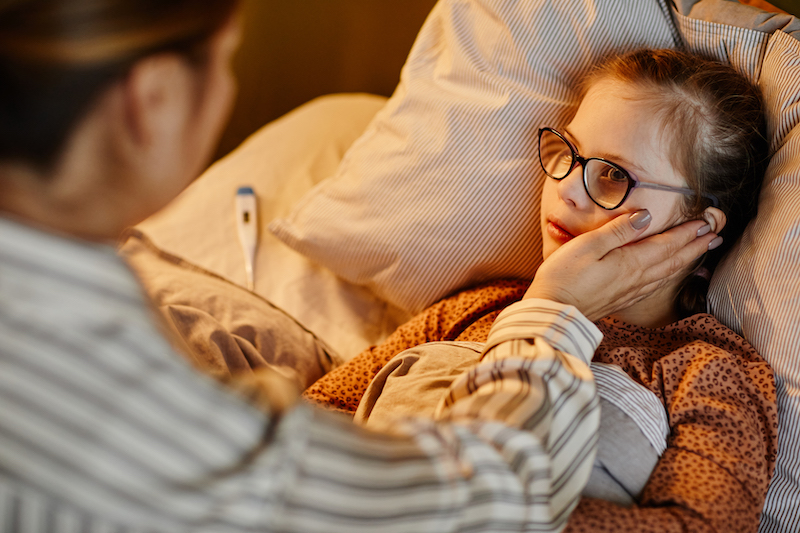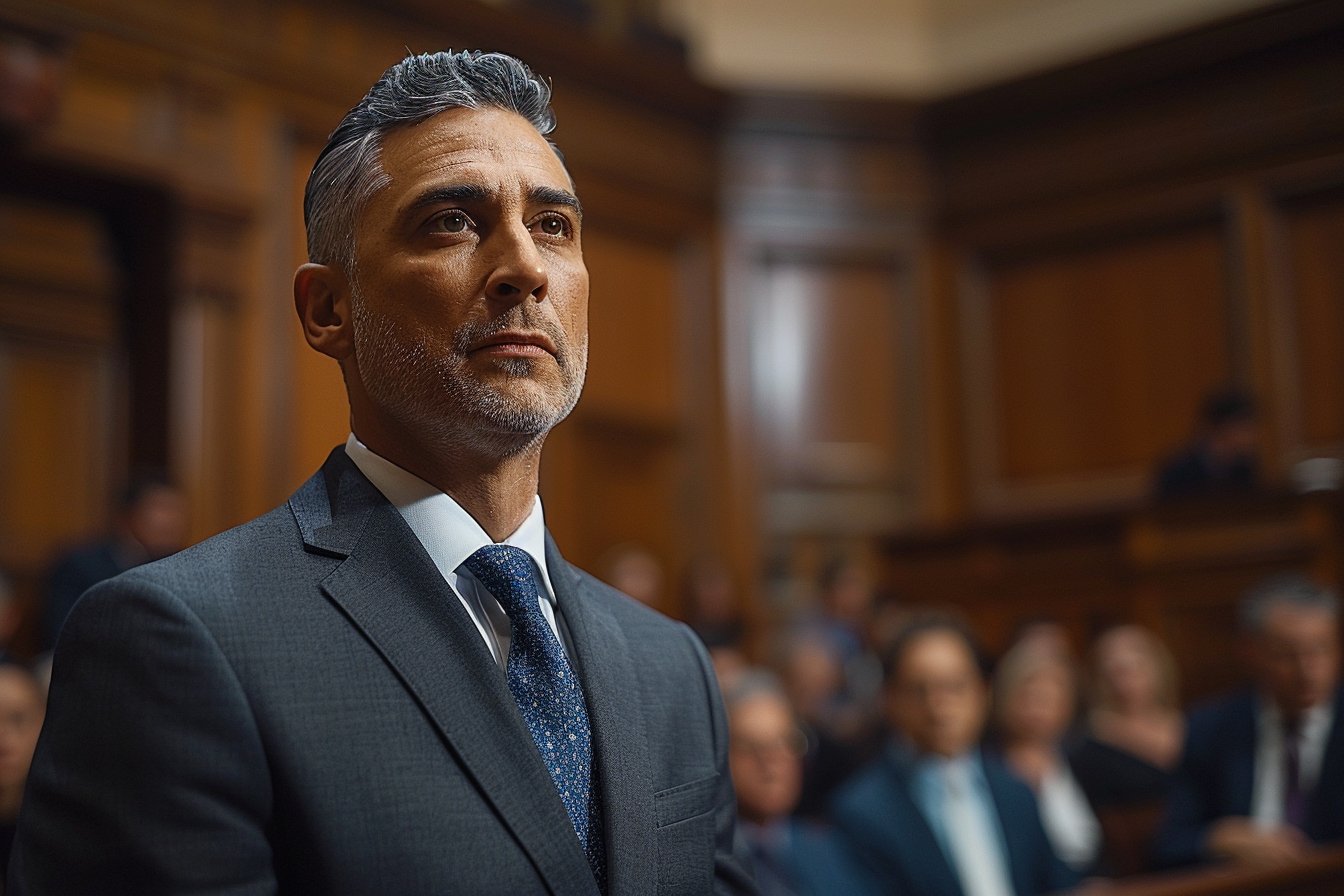A Father’s Proud Moment
In the documentary, a touching scene shows a fat activist giving a talk at her first book signing, when her father proudly whispers to the person next to him, “That’s my daughter.” This genuine display of love and support is at the heart of the movie that has now been released in Europe and will soon tour in the US and Canada. The gap between the activist’s work for fat justice and her family’s views on body positivity attracted director Jeanie Finlay to create this inspiring story.
It’s Not Just About Good Guys vs Bad Guys
The film prominently features the activist and writer, who emphasizes that it’s not merely a tale of good guys versus bad guys. It seeks to challenge the societal conditioning that we’ve all experienced which can unintentionally harm or marginalize fat people. Documenting her life over six years, the film follows her as she travels around Oregon, writing essays under the pseudonym “Your Fat Friend,” exposing the struggles and difficulties faced by fat individuals in society.
Challenging Family Dynamics
As the protagonist becomes more prominent spreading her message against anti-fatness throughout the movie, her parents Pam and Rusty find themselves grappling with their own prejudices and perceptions. In one telling and awkward exchange, Rusty finds it challenging to even use the word “fat” in conversation. These small exchanges add up, allowing room for growth and transformation for both her parents and viewers alike.
More Than Personal Experiences – Critiquing Wellness Culture
Beyond showcasing the protagonist’s journey, the documentary also includes glimpses into vintage dieting books and recordings of her podcast “Maintenance Phase” that critiques various facets of wellness culture. By highlighting these different aspects, the movie contributes to unpacking the prejudices faced by fat individuals in their daily lives and promoting the importance of embracing body positivity without constantly seeking change.
Highlighting Individual Stories
The film emphasizes telling individual stories as a means to resonate with countless others who share similar encounters. The protagonist points out that narratives about fat people are still rare in pop culture or are frequently told from a perspective that benefits thin individuals at the expense of authentic representation of fat experiences. Despite challenges such as anger and isolation stemming from lack of understanding by others, she perseveres in her advocacy for body acceptance and positivity.
Fighting for Change: Breaking Down Barriers and Encouraging Self-Acceptance
The overarching message of the movie is the need for society to confront its own biases and learn to accept people of all sizes without judgment or discrimination. In line with this, we can take several actionable steps as individuals and communities:
- Educate ourselves: As the first step towards change, we must educate ourselves on fat activism, body positivity and inclusivity. Challenging our preconceived ideas is an integral part of building more inclusive communities.
- Sharing personal stories: Sharing personal experiences, like those depicted in the documentary, helps create empathy, understanding and ultimately dismantles barriers between people.
- Supporting inclusive businesses and media: By supporting companies and media that promote diversity and inclusion regardless of body size, we foster an environment that celebrates all body types and encourages self-acceptance amongst everyone.
- Speaking up: When we notice incidents of bias or discrimination based on appearance or weight, we should call them out, helping to generate a cultural shift towards broader acceptance and appreciation of all bodies.
Opening the Door for Dialogue
In conclusion, movies like these push for a much-needed dialogue on fat activism, challenging societal norms and prejudices surrounding body size. By focusing on individual stories and experiences, they help humanize the movement and inspire viewers to reflect upon their own notions about body positivity, eventually leading to changes in attitude and behavior.








